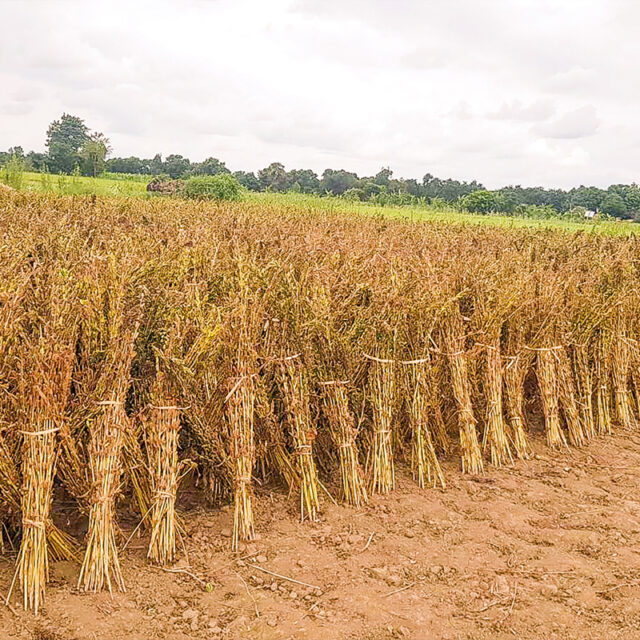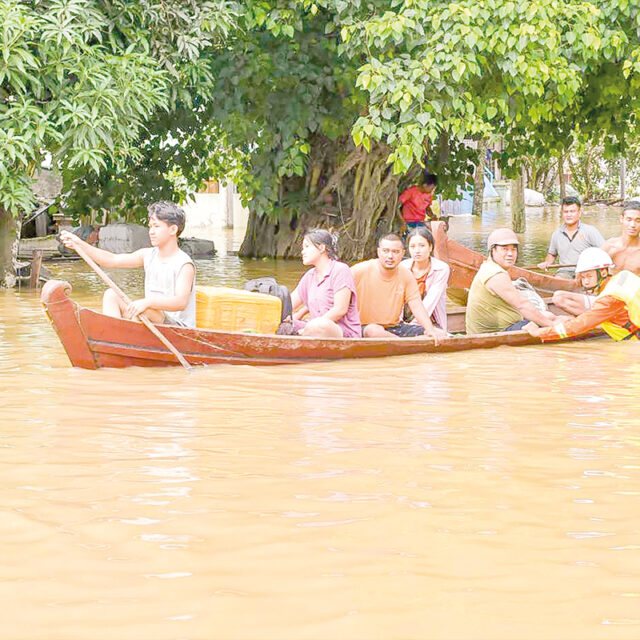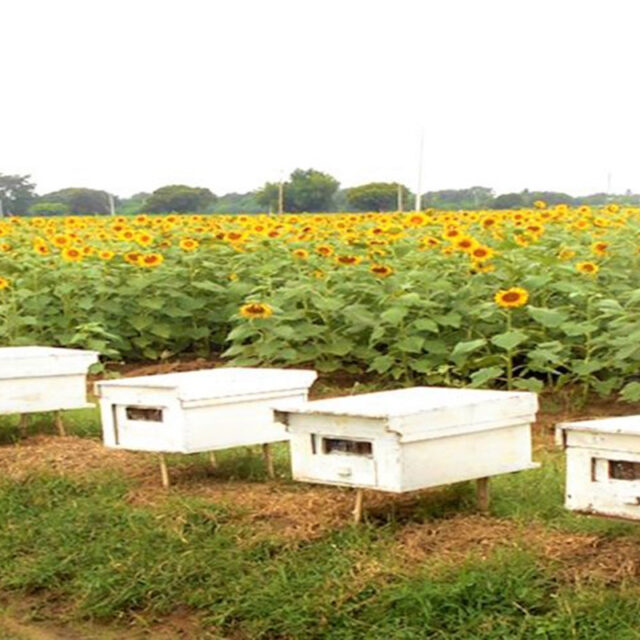During the monsoon season in lower Myanmar, high tides cause significant landslides along rivers and creeks, creating shallow watercourses and dangerous sandbanks for waterway users. Tidal waves also erode the shores and banks. To combat these issues, planting mangroves along banks and shores is essential.
Mangrove roots help stabilize swamps and muddy areas, providing a natural defence against tidal waves and tsunamis. Additionally, mangrove forests and coastal ecosystems absorb carbon dioxide, mitigating climate change. These natural resources, including mangrove forests, coastal forests, and coral reefs, are invaluable to the country.
Mangrove forests play a crucial role in regulating geographical conditions and climates, contributing to biodiversity and long-term ecosystem stability. They act as protective barriers against natural disasters, safeguarding residents and providing habitats for wildlife, which supports stable ecosystems and the socioeconomic life of local communities.
The degradation of mangrove forests leads to the rapid deterioration of coastal natural resources. Therefore, many countries prioritize the establishment and conservation of mangrove forests. In Myanmar, mangrove forests are naturally found along various watercourses, particularly in the townships of lower Myanmar. The devastating impact of Cyclone Nargis, which caused massive loss of life and property in the Ayeyawady and Yangon regions, is a stark reminder of the protective benefits of mangrove forests. Many survivors owe their lives to these forests, and efforts to plant various mangrove species along banks and shores continue yearly to safeguard future generations.
Currently, mangrove forests across the world are facing threats in all forms due to careless actions of humans, three to five times more than other forests. As mangrove forests can actually save lives and property in natural disasters, individuals of all societies need to emphasize the establishment of more and more mangrove forests to shape a safe and sound society for new generations.
In mangrove forests along coastal areas of Myanmar, one of the highest species can be seen as richness for mangrove trees among mangrove ecoregions in the Indian Ocean. There are 28 species of mangroves known from Myanmar alone, and the largest mangrove patch can be found in the Ayeyawady River Delta.
Myanmar boasts over 1.1 million acres of mangrove forests, ranking seventh globally and third in Southeast Asia for mangrove forest coverage. The country has designated 23,855 acres as protected public mangrove forests and 717,238 acres as mangrove forest reserves and protected areas. These efforts highlight Myanmar’s commitment to conserving its vital coastal ecosystems for the benefit of current and future generations.
Currently, mangrove forests across the world are facing threats in all forms due to careless actions of humans, three to five times more than other forests. As mangrove forests can actually save lives and property in natural disasters, individuals of all societies need to emphasize the establishment of more and more mangrove forests to shape a safe and sound society for new generations.












